As the oil industry freezes up, ConocoPhillips CEO warns against cutting production too fast: ‘Don’t whipsaw this thing too hard right now’
“The ultimate depth and duration of this current price environment remains unclear,” said ConocoPhillips chairman and CEO Ryan Lance in the earnings call. “We are playing the long game.”

ConocoPhillips and other U.S. oil producers are cutting back costs amid tariff woes and weak crude prices, but they’re only making modest reductions for now to maintain flexibility and to avoid losing too many of their experienced drilling and fracking crews.
ConocoPhillips, the largest independent oil and gas producer in the U.S., said May 8 it would cut its 2025 capital expenditures by 3.5% down to a midpoint guidance of $12.45 billion—a reduction of $450 million. That meshes with other key oil producers reporting their earnings this week that cut capex anywhere from 2.5% to 10%.
The tariffs, along with lower oil prices from OPEC ramping up production, have essentially put a freeze on the oil industry that resembles the broader economy. Typically, oil prices follow economic signals because weaker global buying power means less travel and, therefore, less oil and fuel demand.
The oil CEOs are almost uniformly saying—because there is so much uncertainty—that they want to keep the ability to ramp drilling activity back up if prices recover and to wait until the back half of the year to make further cuts if the slump continues.
“The ultimate depth and duration of this current price environment remains unclear,” said ConocoPhillips chairman and CEO Ryan Lance in the earnings call. “We are playing the long game.”
While the U.S. benchmark for oil prices was sitting just below the notable $60 per barrel threshold on May 8, Lance argued that $60 doesn’t warrant big changes. Generally, companies consider anything above $65 relatively healthy, but they scale back below $60.
“Don’t whipsaw this thing too hard right now,” Lance said. “Don’t overreact, but don’t put your head in the sand either.”
ConocoPhillips, which closed the massive, $22.5 billion acquisition of Marathon Oil in November, is maintaining its current plans apart from the moderate spending cuts. That includes keeping its previous oil production guidance intact despite lower capex and operational spending.
Conoco’s cuts are focused on temporary spending deferrals on aspects of the business that do not impact oil and gas production in 2025.
Elsewhere, Apache said it is cutting capex by 6% and continuing to sell non-core assets; Devon Energy sliced capex by 2.6%; Permian Resources by 2.5%; and Diamondback Energy announced a larger 10% reduction.
Diamondback, which is coming off big acquisitions of Double Eagle and Endeavor Energy Resources, also contended that the overall industry cutbacks indicate “it is likely that U.S. onshore oil production has peaked and will begin to decline this quarter.”
Proof of life
That potential peak and the ongoing economic and tariff uncertainty has largely held the industry to a standstill as companies wait to see how things unfold. That has largely meant delays of potential mergers and acquisitions, as well as any other key strategic decisions.
One new development though is the first notable acquisition above $500 million announced in the oil industry since President Trump’s tariffs in early April. However, it’s an acreage deal and not a corporate acquisition.
Permian Resources said it would acquire more than 13,000 net acres in the Permian Basin’s northern Delaware lobe in New Mexico for $608 million from Apache.
“We build a strategy of trying to play offense in any environment,” said Permian Resources co-CEO Will Hickey during the May 8 earnings call.
“This newly acquired inventory competes for capital from day one,” Hickey added.
Similarly, Permian Resources paid $820 million last fall for acreage in the southern Delaware in Texas from Occidental Petroleum. In both cases, Apache and Oxy were selling acreage considered “non-core” to their primary Permian Basin positions. On the other hand, Permian Resources focuses exclusively on the Delaware portion in the western Permian.
Andrew Dittmar, principal analyst for Enverus Intelligence Research, said this relatively smaller deal makes sense for both companies, but it’s more of an outlier and does not represent any return to dealmaking and business as usual.
Apache was looking to sell some acreage, while Permian Resources is dedicated to growth, especially at a discount, Dittmar said.
In general, companies don’t want to sell valuable drilling inventory unless they need to, and potential buyers don’t want to add much debt in a weaker environment, he said. That makes mergers and acquisitions much harder to come by.
“Every company wants to position themselves well going into the downturn,” Dittmar said.
This story was originally featured on Fortune.com



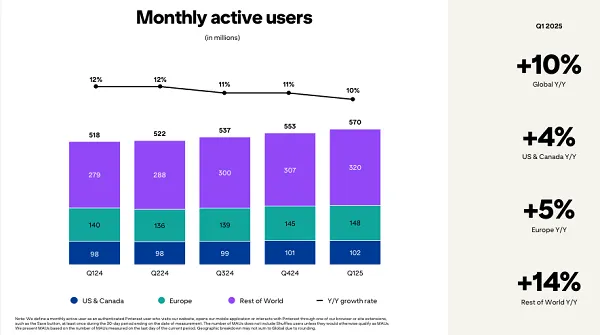

























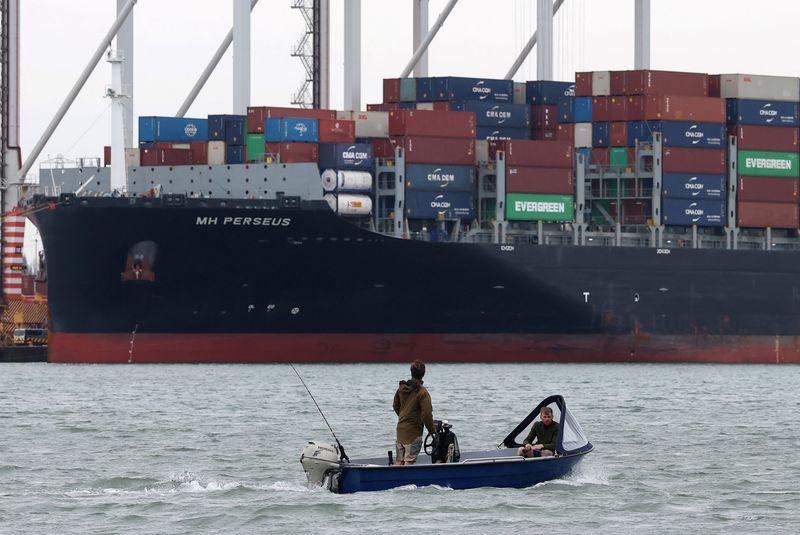







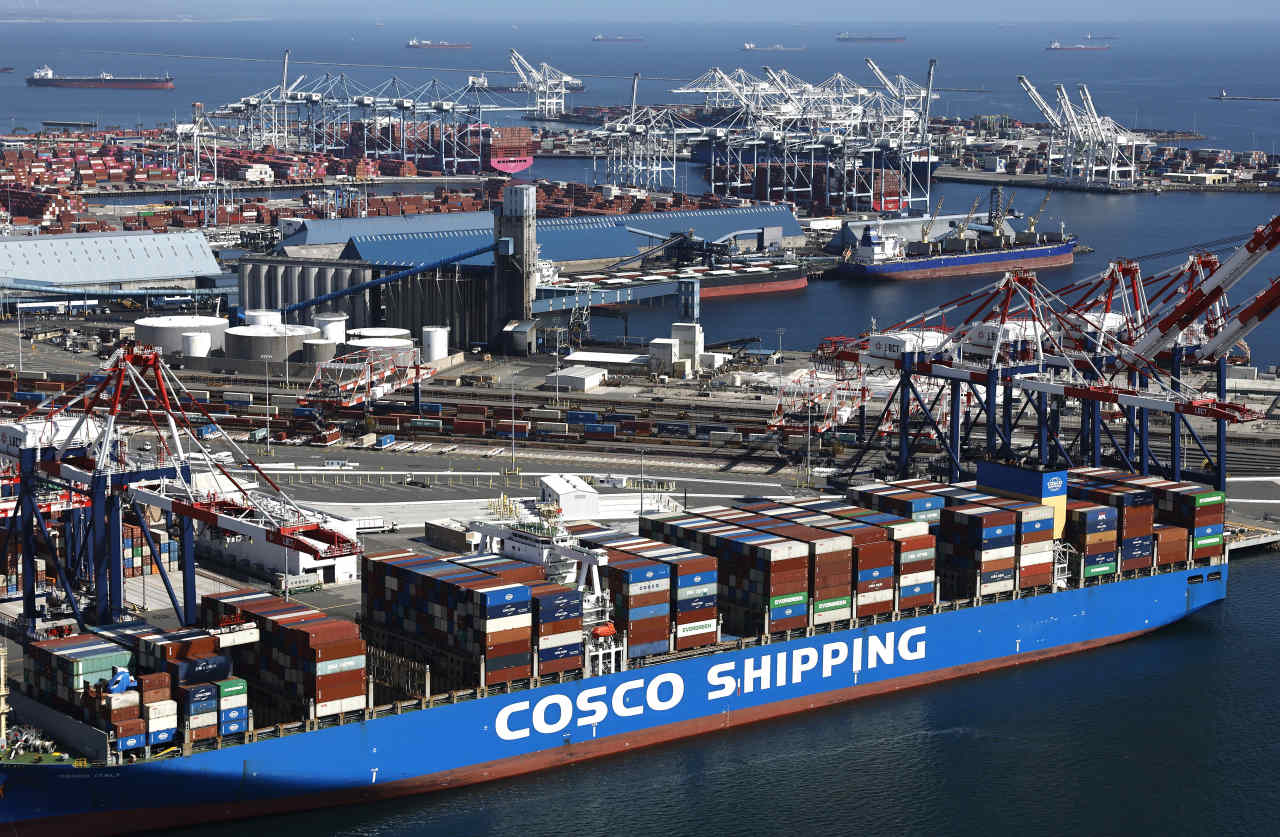


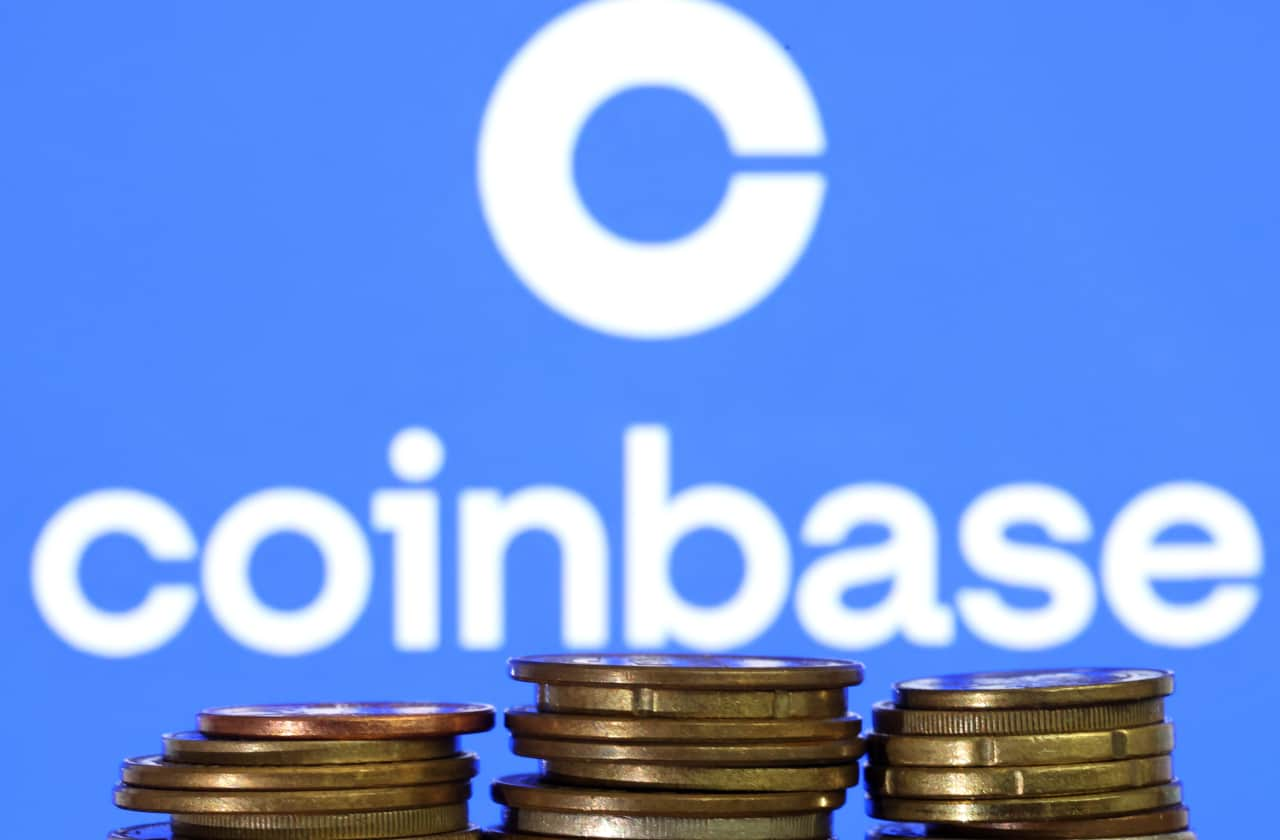












































































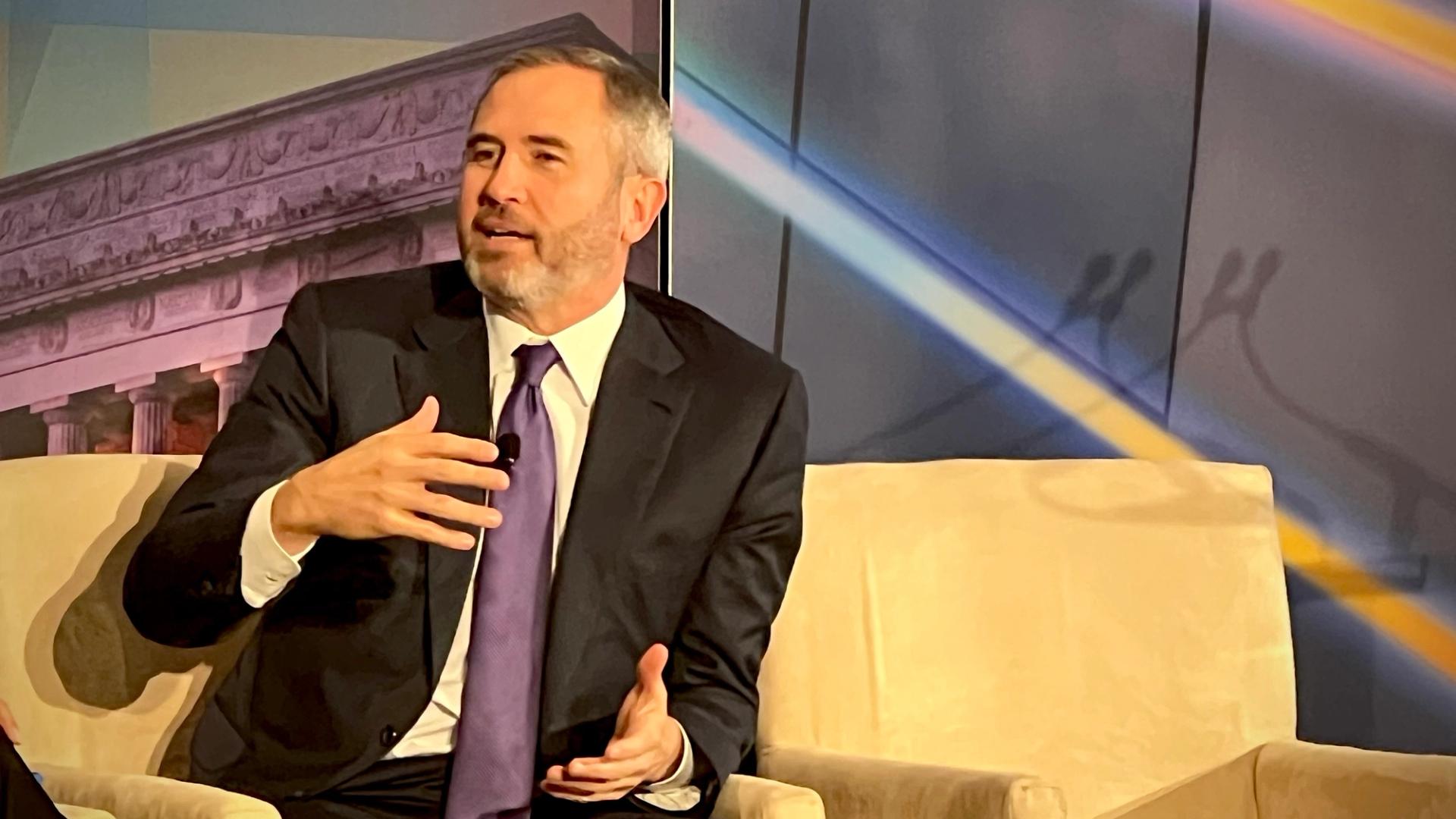


















































%20Abstract%20Background%20102024%20SOURCE%20Amazon.jpg)





















